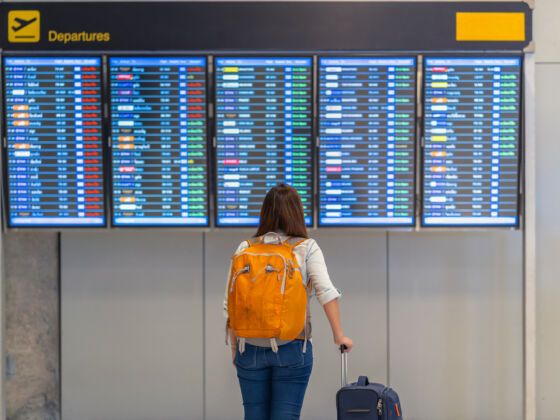It always feels great to accomplish a big goal. Ever since I started going abroad when I was 18, I promised myself I would take a full year off before I turned 30 to travel, and I’ll wrap up my 13th month on the road by my 27th birthday later this year.
I’ve been making my way across Southeast Asia, India, Nepal, and Europe since August 2015, and everyone wants to know how I manage to do it, from a financial as well as career perspective.
